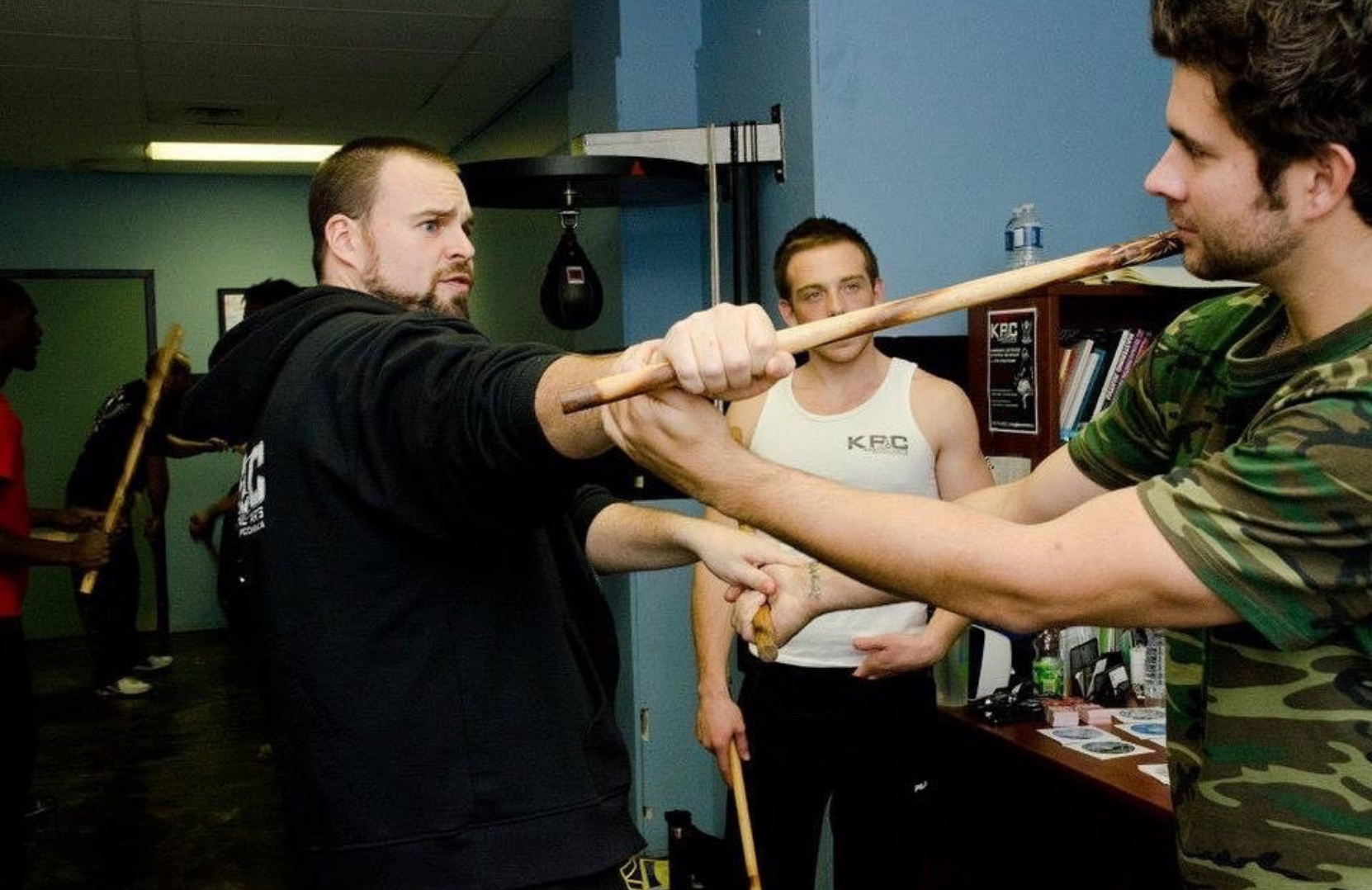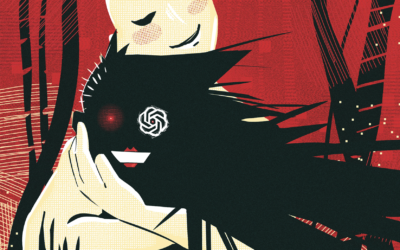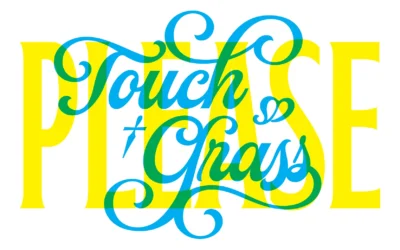Imagine this: You’re walking down the street in the evening, on your way home from a busy day. But you soon start to get that uneasy sensation that you aren’t alone and realize someone is following you. You play it off; maybe it’s just that paranoid little voice in your head. You’re still on alert, though and notice this person hasn’t deviated from your path. That tense, jittery feeling begins to set in because now, it’s not just paranoia.
Unfortunately, instances like this have happened to many people, especially women, and continue to. We’ve all heard stories like this or ones similar to it. Just last month, the story of Sarah Everard — a 33-year-old marketing executive — broke. On March 3, late in the evening, Everard was on her way home from a friend’s house in South London when she disappeared. Her boyfriend reported her missing the next day. Five days later, London police arrested Wayne Couzens, a 48-year-old police officer from a neighbouring county, on suspicion of her disappearance. Her remains were later found in that same county, and Couzens was soon arrested for kidnapping and murder.
On March 17, Vancouver woman Jamie Coutts recorded a man who followed her for approximately 30 minutes in broad daylight after making a quick trip to a store. He even refused to walk past Coutts when she stepped off the sidewalk to let him through. Fortunately, she was able to find safety among strangers at a skatepark where she told them her situation. The man is shown backing off once being questioned by one of the park visitors in the video. However, he did stay to watch her for a short time before leaving.
According to Statistics Canada, a survey from 2018 showed that one-third of Canadian women have felt unsafe in public due to someone else’s behaviour. Places that women reported feeling unsafe included coffee shops, the streets, shopping malls, public transportation, bars, and restaurants.
“One-third of Canadian women have felt unsafe in public.”
Statistics Canada
The survey also reported that 32 per cent of Canadian women over the age of 15 — 4.9 million individuals — have experienced some form of unwanted sexual behaviour while they were in public. That’s more than double the number of men surveyed who said the same, at 13 per cent.
It’s stories like Everard’s and Coutts’ that plague the minds of many women. For many of us, by the time we’re old enough to walk home alone from school or a friend’s house, we’re warned about the dangers that come with this newfound independence. We’re told to stay off our phones, not walk while listening to music, walk with keys held between our knuckles. Another popular tip comes from an old martial arts myth. It essentially states you can drive the ‘nose bone’ into the brain by thrusting the bottom part of your palm, where your wrist connects, up into an attacker’s nose, thus killing them. Given this is a myth, many of the steps towards our safety and protection we see online or hear from friends and family, such as weapons and tactical moves, aren’t always the safest bet here in Canada as they are in the U.S.
“The force has to parallel the danger,” says Randy King, martial artist and instructor and founder of KPC Self-Defence here in Edmonton. “Canadians have a ‘working law knowledge.’ Most of their information on the law comes from the media, which isn’t produced in their country. So, they’re watching Law & Order and think that that applies here, and that’s not always the case.” However, unlike in the U.S., where every state has a different set of rules and restrictions, across Canada, except for Quebec, King says we follow one federal law system.
For moves like the nose shot, King states they’re not very effective because the nose isn’t the best target. It’s not going to prevent someone from continuing to attack you because they can still breathe through their mouth and see with some tears in their eyes. In most cases, it will only further escalate the situation.
The issue with misinformation surrounding tips on self-defence tactics is that context isn’t always included. The primary belief is, “If a person does A, then I will do B.” Many people still follow the ‘default’ notion that they would call the police if something were ever to happen. “The average response time of police in Edmonton is 11 to 15 minutes,” says King. “So, you have 11 to 15 minutes to deal with this person. If you don’t know how to create barriers, how to draw good witnesses, how to at least put some damage on somebody, you’re gonna be in trouble.”
Every self-defence situation has four significant factors in it, according to King: You, the person that’s attacking you, the environment is at play, and luck. “Maybe someone comes running to punch you, and it’s icy outside, and they slip, that would be luck,” says King. “You can maybe break your arm when you fall. Luck can be on your side or their side.”
It’s important to recognize the level of intent of an attacker. Not everyone will face a Terminator-like machine. If they have a low level of intent of harming you, maybe using a shot to the nose will work; it’ll make them cry and might stop them. “But it’s better to plan for worst, hope for the best,” says King.
So what about my hypothetical, what can someone do to prevent a physical altercation? Before we can get to the tips, first and foremost, situations like this are a lot more complex than they appear to be, and that’s because of the layers of factors involved that must be taken into account: Are you isolated, are there shops or public spaces nearby, is it evening dusk and there are people around, or is it evening dark and there aren’t, how close is the person to you, and what is the age of that person?
King explains that the reason we must analyze all these factors is because of intuition versus paranoia. No one wants to be that person who’s constantly running scary scenarios through their mind until they become paranoid. But everyone is born with instinct, or what many of us know as that gut feeling.
“According to the research, gut instinct is your subconscious brain processing faster than your conscious brain,” says King. “If you’re in danger, your subconscious brain takes in so much information like heart rate, distance, time, recognition.” From there, the subconscious tells your conscious brain that it’s in danger; it just doesn’t have the time to translate that into words. King says the difference between gut instinct and paranoia is that paranoia is when you’re thinking all people in leather vests are evil while pouring your cereal. However, if you step onto an elevator and see someone in a leather vest, you suddenly get a bad feeling, that isn’t paranoia. It’s your subconscious telling you something’s wrong. “Maybe they smell like booze, maybe your subconscious saw a weapon, and your brain didn’t have time to tell you that,” says King.
“This is where a lot of survivor guilt comes from. They didn’t get the time to sit down and think and then realize, ‘I can’t believe I didn’t do this cause this is what’s happened.’ But they didn’t know that at the time.”
Now we can look at the hypothetical. If you assume you’re being followed, the first thing you need to do is double-check that you are being followed. And the best way to do that is to deviate from your usual route to something more obscure.
“Let’s say you cross the street. If the person crosses the street after you, that’s not a good sign. If you then cross the street and reverse directions and they do too, this is gonna be a problem,” says King. “Now, you’re not paranoid. There is evidence this person is following you.”
King says this is a big part of self-defence, feeling the ability to make the right choice. “You’re not just rude; you’re not impolite. Social conditioning has messed a ton of people up with that.”
The next thing you want to do is create distance. “Distance and time equal better decisions,” says King. “If you give me 15 minutes to make a decision or if you give me two hours, arguably, I’ll make a better decision with more time.” So, by distancing yourself from the person following you, you’re giving yourself more time and, therefore, more options.
According to King, being followed is known as ‘asocial’ or ‘predatory violence.’ In an asocial situation, the predator doesn’t want witnesses. So, the third step is to go into a public spot and draw attention to you. If you find yourself in an asocial situation, King warns you to stay off your phone to stay alert. This way, when you move, you can see what happens to that person; do they leave or do they stay.
But let’s say you do follow all these steps, and maybe this person still doesn’t let up. Maybe they even tried to engage with you. Perhaps an attack does happen. King wants you to know that it is not your fault. “You can make no mistakes and still be tricked. This is why I don’t like victim-blaming in any way.” So, if you are physically grabbed, King recommends “stunning and running.” This includes things like poking an eye or hitting the throat just so that their grip is released, and you can get away.
However, there are legal ramifications to using physical force. King says that as long as you’re able to explain you were being followed and that you did your due diligence (i.e., crossing the road to confirm you were being followed, changed your route) and hitting the person because they grabbed you, you won’t get in trouble. But that’s why things can get a little tricky surrounding Canada’s law that the force has to parallel the danger. So, what does that mean for self-defence tools?
“If it’s used a weapon, it’s considered a weapon. Even if it’s not designed to be used as a weapon,” says King. “If I grab my water bottle and beat somebody with it, I’ll be charged with assault with a weapon, even though my water bottle is not designed to be one.”
Under the Criminal Code of Canada (Cr.C.), oleoresin capsicum or pepper spray are illegal for civilians to carry. You can carry dog spray — depending on the size and strength — as long as you’re able to defend why and prove that its intended use is only against a possible dog attack. But this is why the environment is one of the four factors in a self-defence situation; you have to be mindful of where you are. Suppose you’re nowhere near an area where dogs could be found or are even allowed. In that case, that’s a problem, and you can face charges like carrying a concealed or restricted weapon.
“Self-defence is what we call ‘an affirm of defence,'” says King. “It’s effectively a guilty plea with caveats of, ‘yes, I did that. But here are the reasons why.'”
What’s the safest item you can carry? If it’s a weapon of opportunity, meaning you grabbed it from your purse, your bedside table, your pocket, and you used it because you were in trouble, King says that’s more defendable than if you planned to use it. But that doesn’t mean you won’t be charged with assault with a weapon. So, King advises using an old spray bottle — like what you’d use for a pet — fill it with water, add hot peppers, and let it sit. This can then be used as a weapon of opportunity.
“If you are asked why you have it, you can be like, ‘oh, I like spicy food, so I bring it with me to restaurants.’ That would allow you the ability to explain why you have it on you and if there’s a purpose for you carrying it. Your odds are better, but you’re still facing a higher charge.”
Learning self-defence is important because it makes you comfortable in your own skin and teaches you how to think and act in a dangerous situation successfully. It’s also a good way to unlearn the behaviour shown to us as children.
“There was a lot of bad conditioning with ‘boys will be boys,’ and that got toxic really fast when being used for assault,” says King. “But with women, it’s sugar and spice and everything nice. You have no body autonomy. All that gets thrown out the window when you take a self-defence class.”
Image courtesy of Randy King.





0 Comments